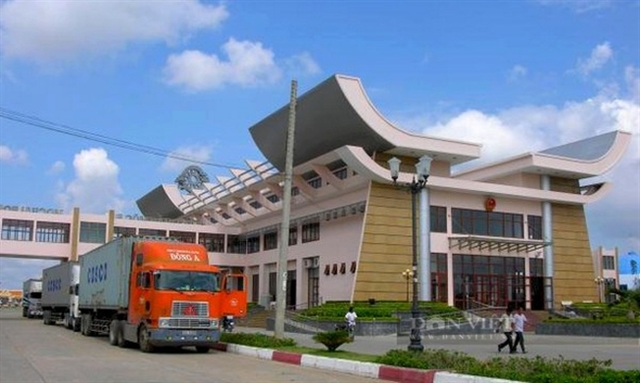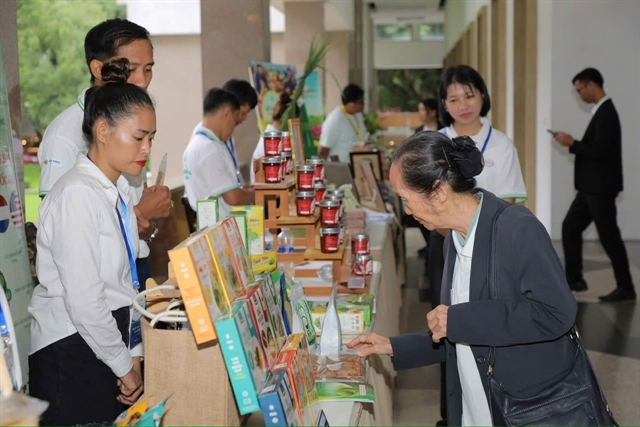 Economy
Economy


|
| Mộc Bài Border Gate Economic Zone has the potential to develop into a modern and sustainable industrial - urban area - service model. — VNA/VNS Photo |
HCM CITY — Mộc Bài Border Gate Economic Zone in Tây Ninh has great potential to develop into a modern and sustainable industrial - urban area - service model, and become a driving force for the development of the entire south-eastern region, according to the province chief.
Nguyễn Thanh Ngọc, chairman of the Tây Ninh People’s Committee, said with its location in terms of security and foreign affairs, the zone could become the intersection of international and national traffic axes in the country’s south-west.
It is also an important gateway for services, tourism and transshipment of goods to Cambodia and other countries in the Greater Mekong Sub-region (including Laos, Thailand and Myanmar) and other ASEAN countries, he said.
Being part of the Southern Key Economic Region is its other great advantage, he said.
The region is anchored around HCM City and includes the seven provinces of Đồng Nai, Bình Dương, Bà Rịa-Vũng Tàu, Bình Phước, Tây Ninh, Long An, and Tiền Giang, and is the most urbanised and economically vibrant region in the country.
Investment to develop Cái Mép - Thị Vải Port, Long Thành International Airport and Mộc Bài Border Gate Economic Zone will create great advantage in air, land and seaway transport in the region, Ngọc said.
“Once the HCM City - Mộc Bài Expressway is completed, it will contribute to maximising the potential and important role of the Mộc Bài Border Gate Economic Zone in the development of the south-eastern region.”
The province proposes to build Tây Ninh Airport, a satellite civil airport to relieve pressure on HCM City’s Tân Sơn Nhất Airport, and create a key connection point between the national Bà Đen Mountain tourist site and other domestic and international tourist destinations, he said.
Having a large enough area is the third advantage of the economic zone, Ngọc said.
Spread over six communes and a town with a total area of 21,284ha, the zone has enough space to develop it into a modern and sustainable industry - urban - service model of international stature.
Nguyễn Mạnh Hùng, deputy Party secretary of the province, said over 20 years of development, the economic zone has achieved a number of important results.
Trade with ASEAN countries through land borders is increasing, creating jobs, improving incomes, stabilising people's lives, and ensuring social security and order in border areas, he said.
But the development of the zone has not met the province’s expectations or been commensurate with its potential, he said.
To develop it into a new generation border gate economic zone, more needs to be done, he said.
He said the Government should have superior mechanisms and policies for Mộc Bài than other border gate economic zones to attract large-scale investments.
The Government needs to properly allocate resources to key intra-regional infrastructure projects to clear traffic congestion at gateways to the Southern Key Economic Region, he said.
Ngọc said paying attention to attracting and developing human resources is also imperative. — VNS




